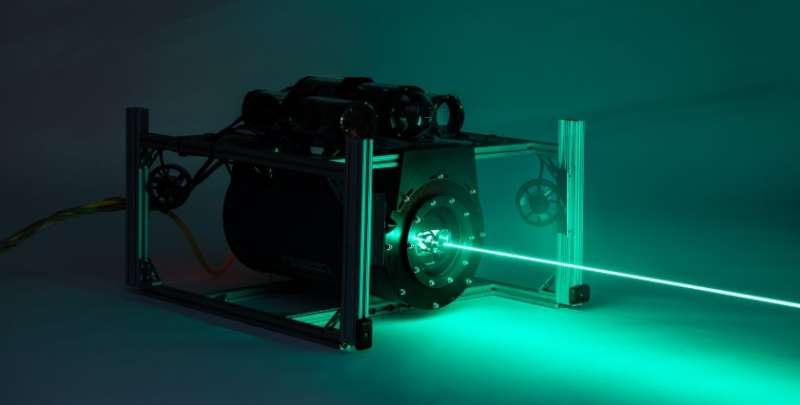During the height of the COVID-19 pandemic in January 2022, when thousands of people were getting sick every day, healthcare professionals were worked to the bone. One particularly difficult task in preventing the spread of COVID-19 was contact tracing. In other words, finding out who was sick and how they got sick.
The challenge in detecting COVID-19, as well as other pathogens, lies in their size. Rapid COVID-19 tests are finicky partly because they require a large quantity of the viral spike protein to detect a positive case. Often, this viral protein may not show up in a large enough quantity until days into an infection. And, of course, we cannot spot viruses with the naked eye due to their incredibly small size—COVID-19 is approximately 100 nanometres in diameter or 0.00014 millimetres.
However, a new study from McGill’s Department of Atmospheric and Oceanic Sciences details new technology that allows for the tracking of airborne viruses, in effect enabling us to ‘see’ viruses. The technology, known as Nano-Digital In-Line Holographic Microscopy (Nano-DIHM), uses artificial intelligence in conjunction with a laser to visualize small particles in real time.
Although the exact method and machinery underlying Nano-DIHM is under wraps, as the research team waits on patents, Parisa Ariya, professor in McGill’s Department of Chemistry and Atmospheric and Oceanic Sciences, shared some information in an email to The Tribune.
“Using several optics operations, we broke the diffraction barrier, allowing us not to need to use expensive lasers or do particle trapping,” Ariya wrote.
The diffraction barrier refers to a microscope’s limit in resolution, or the size at which images begin to blur. By breaking their diffraction barrier, the research team could view smaller particles with greater resolution.
This improved the performance of the microscope, but still did not allow them to get accurate observations on the scale of an individual COVID-19 particle. For this, the team had to upgrade their software as well, prompting them to incorporate machine learning into their method.
“We developed additional AI codes to enable us to go below 100 [nanometres],” Ariya wrote.
Since 100 nanometres is the approximate size of a COVID-19 particle, this enhanced resolution allows the visualization of these particles. However, these are not just any photos. According to Ariya, each particle can be observed in four dimensions.
“We see viruses four-dimensionally, i.e., follow the 3-dimensional (length, width, height) virus changes as a function of time (i.e., 4-dimensionality),” Ariya wrote in an email to The Tribune.
With polymerase chain reaction (PCR) testing, there is a turnaround time of multiple days. Rapid COVID-19 tests take only 15 minutes, but their efficacy is questionable. In contrast, this technology can identify and track dangerous pathogens, including COVID-19, in a matter of seconds. Although not yet in use, healthcare facilities and other high-risk areas could inexpensively implement a small, camera-like application of this technology to detect infected individuals.
While still in the early stages of development, the team’s techniques have potential for diseases beyond COVID-19. They could track a number of different viruses, bacteria, and other forms of microorganisms, which according to Ariya will be of critical need in the near future.
“The World Health Organization has warned that other pandemics will come, regrettably. This technology can serve rapid detection and forecasting to save lives.”






